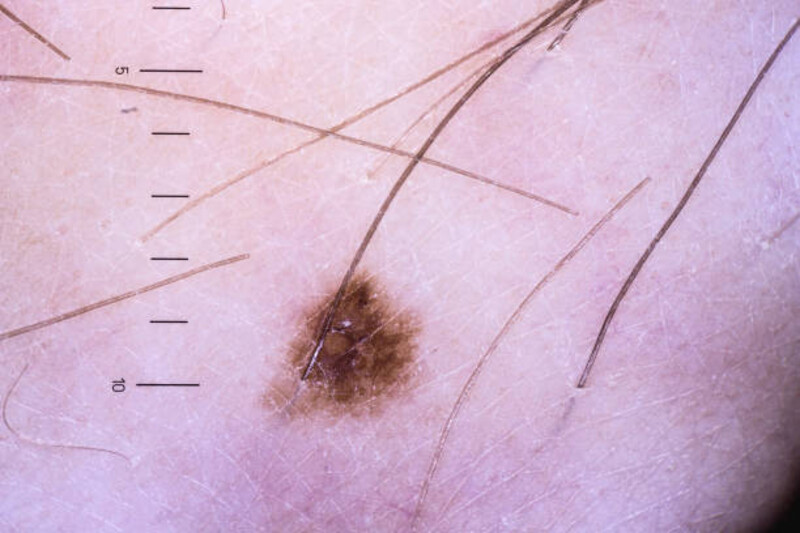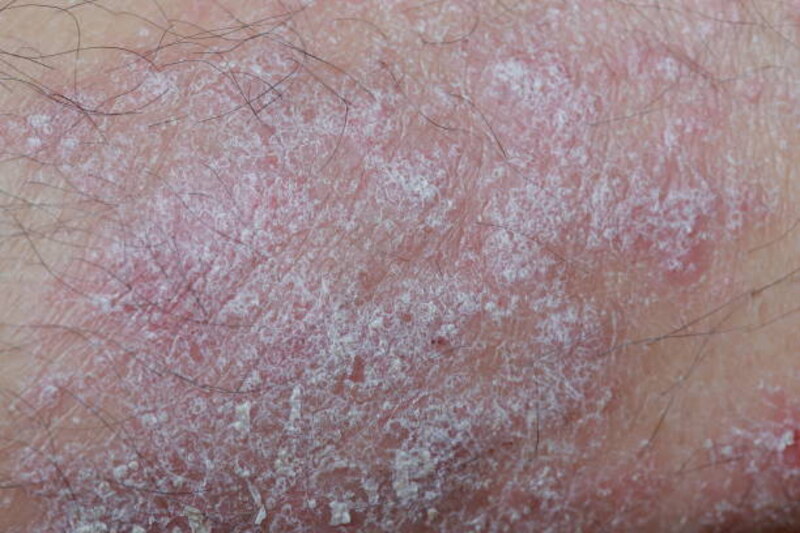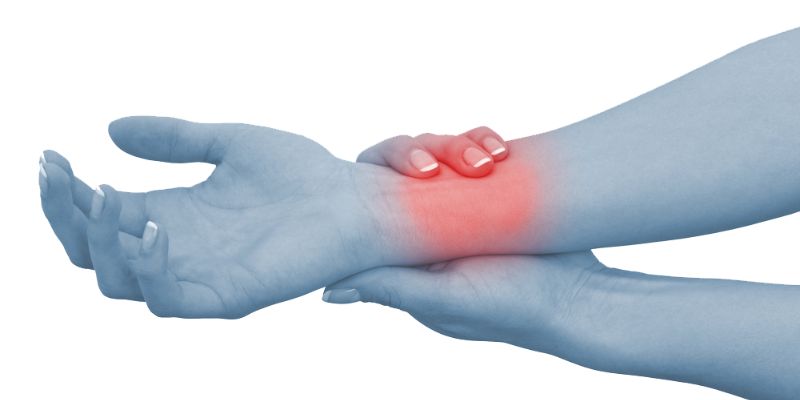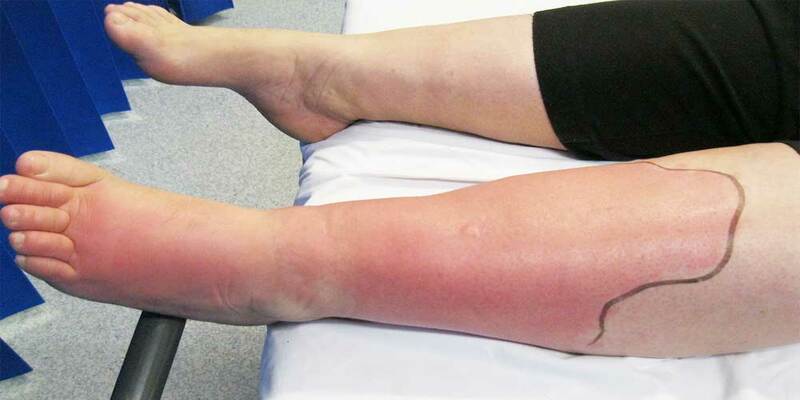Skin lesions, conspicuous indicators of a variety of dermatological conditions, manifest as areas of skin that appear different from the surrounding tissue. These variations might present as rashes, moles, or blisters, among other forms. Often, their presence implies an underlying health concern that needs to be addressed. In this article, we delve into the various factors that can lead to the formation of these skin anomalies, ranging from infectious diseases, allergies, to genetic predispositions. Understanding these causes might aid in early detection and effective treatment of the associated conditions.
Importance of understanding skin lesions:
Skin lesion s can be indicative of a range of internal problems that might require medical attention. Early diagnosis and treatment can help minimize the impact on an individual's quality of life, enabling them to live with minimal discomfort and risk.
s can be indicative of a range of internal problems that might require medical attention. Early diagnosis and treatment can help minimize the impact on an individual's quality of life, enabling them to live with minimal discomfort and risk.
As some skin lesions may be associated with skin cancer, it is essential to identify changes in existing moles or new ones that appear over time. Regular self-examinations and dermatological screenings can help to detect any worrisome signs and take appropriate action for timely intervention.
Types of Skin Lesions:
Skin lesions can generally be classified into two categories - primary and secondary.
- Primary skin lesions are caused by direct damage to the skin, such as cuts or burns.
- Secondary lesions result from complications due to underlying health conditions.
While both types of lesion present changes in the physical characteristics of the skin, with swelling, discoloration or ulceration, there are several different kinds of primary and secondary skin lesions.
Primary skin lesions include macules, papules, vesicles, pustules, nodules, and wheals. On the other hand, common secondary skin lesions are scarring or atrophy, petechiae or purpura, lichenification or excoriation.
Primary Skin Lesions:
- Macules: These are lesions that appear flat on the surface and measure less than 1 cm in diameter. They may be slightly raised, discolored, blistered or scaly.
- Papules: These are small bumps that are also less than 1 cm wide and usually firm to the touch. They can be raised, red in color and generally indicate an allergic reaction or an infection.
- Vesicles: These are raised lesions that measure less than 1 cm in diameter and contain fluid. They may appear as blisters on the skin and can cause itching or burning sensations.
- Pustules: These are pus-filled bumps that tend to be larger than vesicles and may be red, white or yellow in color. They are typically caused by bacterial or fungal infections such as acne or ringworm.
- Nodules: These are large, hard bumps that can be painful when touched and may cause redness, swelling or itching on the skin.
- Wheals: These are itchy, raised lesions that are usually red in color and appear swollen or bumpy. They can be caused by an allergic reaction, infection or insect bite.
Secondary Skin Lesions:
- Scarring or Atrophy: This occurs when skin tissue is replaced with scar tissue after a wound heals. This can cause discoloration, uneven texture and indentations on the skin.
- Petechiae or Purpura: These are small red or purple spots that form due to bleeding underneath the skin. They can indicate a number of different conditions such as infections, blood disorders, or allergic reactions.
- Lichenification or Excoriation: This is caused by repeated scratching and rubbing of the skin which leads to thickening of the outer layer. It may cause discoloration or extreme itching and discomfort.
Causes of Skin Lesions:

Skin lesions can arise due to a variety of factors such as genetic predispositions, allergic reactions, infections or medications.
- Genetic predisposition: Certain skin conditions, including moles and birthmarks, may be caused by a person's genetics and are often inherited from parents.
- Allergic reactions: Common allergens such as pollen, pet dander, and certain foods can cause skin reactions which may present as rashes or blisters.
- Infections: Bacterial, viral or fungal infections can lead to the formation of lesions on the skin that may require medical intervention.
- Medications: Some drugs have been known to cause allergic reactions in some people, leading to changes in the skin such as rashes or hives.
Detection and Diagnosis of Skin Lesions:
The detection and diagnosis of skin lesions involve a physical assessment of the area, including an inspection for any color changes, size or shape variations. This may be followed by additional tests such as blood tests or biopsies to obtain more information regarding the cause.
Treatment Options:
Treatment options for skin lesions depend on the underlying cause. Common treatments include topical medications, oral medications or surgery. In some cases, a combination of these might be necessary to address the condition effectively.
Prevention and Care:
The best way to prevent and care for skin lesions is to practice good skin hygiene, including regular cleaning and moisturizing. It is important to monitor for any changes in existing moles or new ones that appear over time. This can help with early detection of suspicious lesions which might require medical attention.
It is a good idea to consult a dermatologist for regular skin examinations to ensure any potential problems are identified quickly. Proper and timely intervention can help minimize the impact of skin lesions on an individual's quality of life.
Conclusion:
Skin lesions, caused by a variety of conditions, appear in many forms and can have serious implications. Awareness about the causes, signs and symptoms, detection methods and treatment options can go a long way towards managing potential health risks and achieving optimal wellbeing. It is important to talk to your doctor if any changes are seen or felt on the skin for timely diagnosis and treatment. Additionally, regular self-examinations and preventive care can help reduce the risk of developing skin lesions or other health issues associated with them.
FAQs:
What should I do if I notice a skin lesion?
If you notice any changes in existing moles or new ones that appear over time, it is important to talk to your doctor immediately for appropriate diagnosis and treatment.
Are all skin lesions dangerous?
Not all skin lesions are dangerous; however, some may be indicative of underlying health issues and could require medical attention. It is best to consult a doctor if any changes are noticed on the skin for timely diagnosis and treatment.
What are some effective treatments for skin lesions?
The available treatments for skin lesions depend on the underlying cause, but can include topical creams or ointments, oral medications, cryotherapy (freezing), laser therapy, or surgical removal. It is best to consult a doctor for the most appropriate treatment plan.




